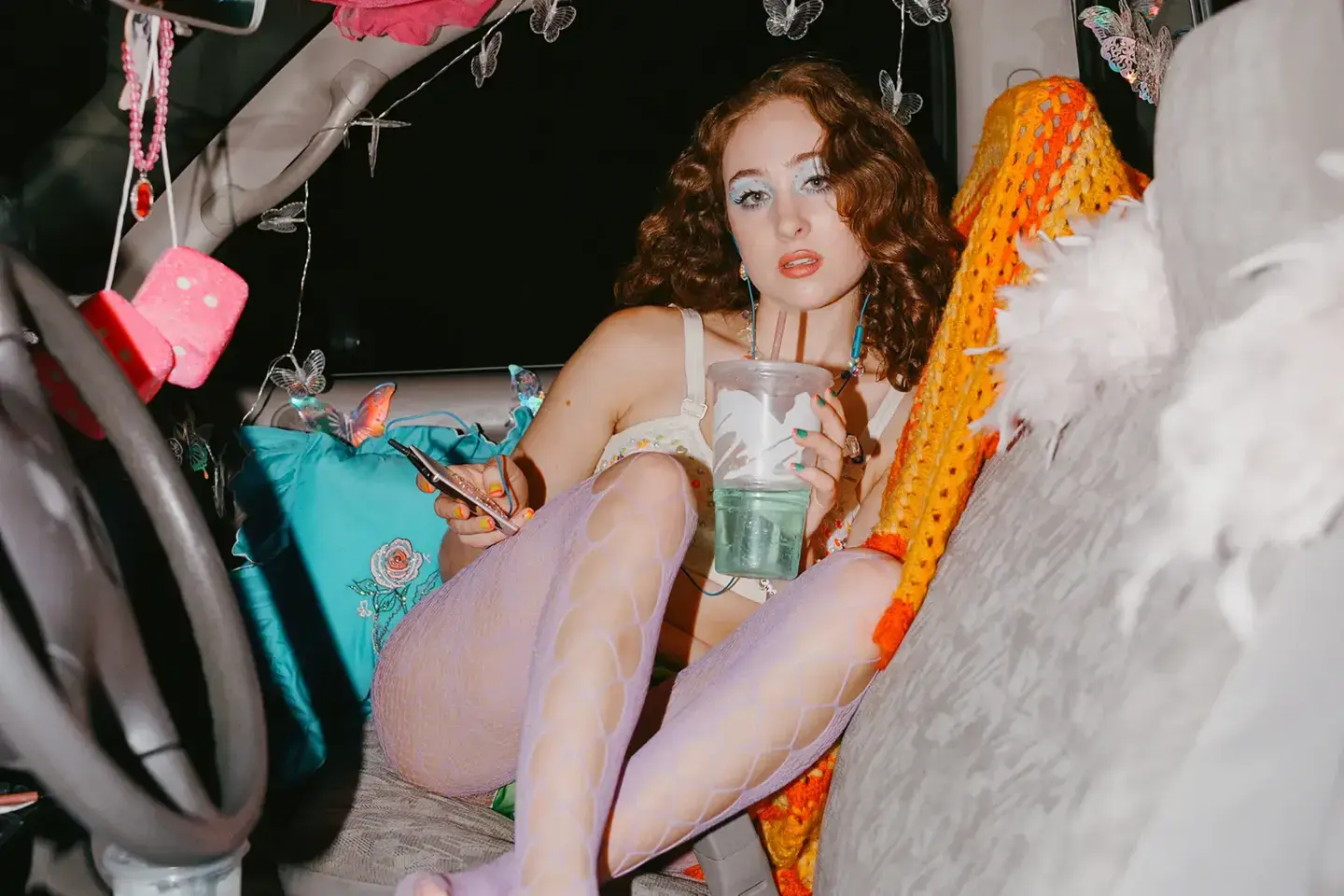Polished, slick aesthetics and narratives are out. Chaos is officially in vogue. And branding is where the mess is happening next.
If you hadn’t already noticed, there has been a shift towards less polished, more authentic cultural narratives. From Charli XCX’s brat summer to Chappell Roan to Saltburn’s 90s aesthetic, the vibe in youth trends has been gloriously scrappy and unfiltered recently. Messy, organic and transparent personas are valued. And the overly-polished celebrities who rely heavily on meticulous publicity machines have all but vanished (your time really is up, Katy Perry).
This trend coincides with a growing consumer desire for genuine connections and transparency from brands. And as we move further into 2025, the approach is reshaping marketing; influencing branding, design, and copywriting.

Because consumers are smarter and more sceptical of traditional marketing tactics. The big budget, national conversation ads are no longer relevant. Even the last bastion of this overblown nonsense – the John Lewis Christmas ad – feels like a hangover from yesteryear. Something for the Boomers and nostalgic Gen Xers.
Platforms like Instagram, TikTok, and YouTube have popularised raw, unfiltered content. Influencers and everyday users share their lives in a more candid way, with real authentic content trumping the polished transitions, soundtracks and visuals of early 2023. Meanwhile, brand perception has changed. Brand loyalty is strained. Consumer trust has been eroded by scandals and misinformation. And younger generations prioritise authenticity and are more likely to support brands that align with their values and present themselves honestly.
Impact on branding
The move towards authenticity is transforming branding in several key ways:
Visual identity: Brands are opting for less polished and more relatable brand elements. Acid colours. Sketchy visuals. Texture. Candid photography, natural framing and less retouching.
Minimalism and imperfection: There is a growing preference for minimalist designs that embrace imperfections. Hand-drawn elements, organic shapes, and imperfect typography are becoming more common.
Brand voice: The tone of brand communication is continuing to become more conversational and less corporate. Brands are adopting a more personal and approachable voice to connect with their audience on a deeper level.
Storytelling: Authentic storytelling is at the heart of this movement. Brands are sharing real stories about their origins, values, and the people behind the scenes. This creates a more emotional connection with consumers.
Sustainable and ethical design: Consumers are increasingly aware of environmental and ethical issues. Brands are responding by incorporating sustainable materials and ethical practices into their design processes.
User-generated content: Incorporating user-generated content into design adds a layer of authenticity. This can include customer reviews, photos, and testimonials.
Summing-up
The trend towards less polished, more authentic narratives is reshaping the brand landscape and building stronger, more genuine connections with audiences. And leading to a more transparent and relatable brand experience. As we continue to navigate this new era, authenticity will remain at the heart of brand experiences.
SIM7 is an award-winning creative agency that uses language to empower design. We drive growth by creating brands, campaigns and strategy – for marketing teams around the world.



